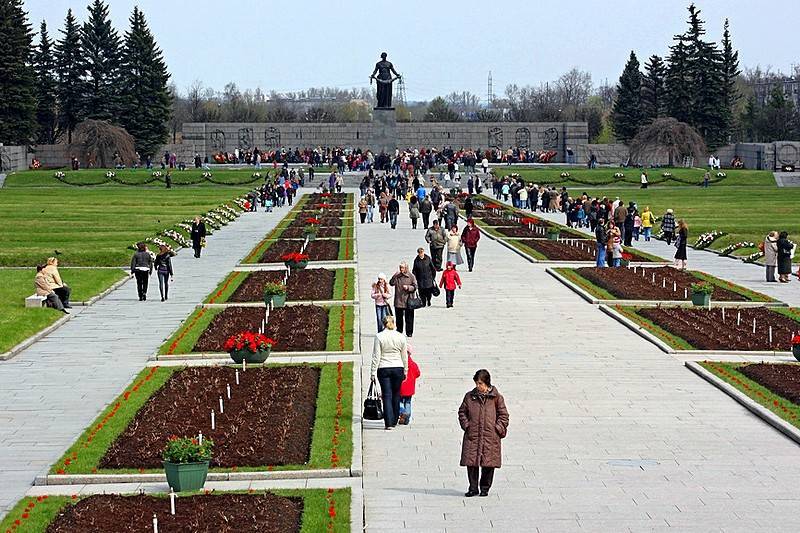The media service of Evgeny Prigozhin, the head of the Russian private military group Wagner, reported that his funeral took place with a limited presence at a cemetery on the outskirts of his hometown, St. Petersburg, after he died in a plane crash last week. The media service stated in a brief post, "Evgeny was bid farewell in a limited gathering. Those who wish to say goodbye can visit the Prokhovsky Cemetery." The arrangements for Prigozhin's funeral were shrouded in secrecy, as he was killed in a plane crash on August 23, two months after launching a rebellion, marking the largest challenge to President Vladimir Putin's rule since he came to power in 1999.
The limited-scale funeral, if confirmed, starkly contrasts with Prigozhin's outrageous self-promotion style. Local media reported that cemetery staff said this was the family's wish. For the Kremlin, this meant not turning the funeral into a large-scale event to support Prigozhin, who had gained respect among some in Russia for leading his forces in the fiercest battles of the war in Ukraine and publicly criticizing the military’s errors and leadership. Also killed were two senior Wagner officials, four of Prigozhin's personal guards, and three crew members of the crashed plane north of Moscow. Earlier that day, Valery Chikalov, head of the logistics department of Wagner, was buried in another cemetery in St. Petersburg. Dozens joined Chikalov's family, and Reuters identified some participants in his burial at the Severnoye Cemetery in St. Petersburg as members of the group and employees of Prigozhin's business empire.
St. Petersburg Cemetery has returned to the spotlight, as several Wagner leaders were seen walking around it. This cemetery is the most significant memorial for those who died during the Siege of Leningrad, a massive memorial cemetery located in the northeastern suburbs of the city, containing graves of around 420,000 civilians who perished in the siege, most due to cold and starvation, and 70,000 soldiers who died defending the city. It serves as a center for the activity of relatives of those buried there and anyone wishing to commemorate the thousands of victims of what is undoubtedly the greatest tragedy in the history of St. Petersburg.
The cemetery was established in 1939, shortly before the outbreak of World War II. The war between Nazi Germany and the Soviet Union was declared on June 22, 1941, and by September, German forces had besieged and encircled the city of Leningrad. By the harsh winter of 1941-1942, Leningrad's citizens began to suffer from the full effects of shortages of food and fuel, dying by the thousands daily. The empty municipal cemetery was used to dispose of their corpses. On February 15, 1942, for example, 8,452 bodies were delivered, on February 19 – 5,569 bodies; and on February 20 – 10,043. By the following winter, the Red Army was able to open a small land corridor to the city, but the death rate never reached those heights again, even though the siege was not lifted until 1944. The total number of civilian and military deaths exceeded 1.5 million. In 1944, the Piskaryovskoye Cemetery was also used to bury soldiers who died during the lifting of the siege and subsequent hostilities in the region. The total buried in mass graves at Piskaryovskoye Cemetery is about half a million people, with most of their names still unknown.
From 1945 to 1960, architects Alexander Vasilyev and Evgeny Levenson designed the cemetery's landscape as a large memorial for the fallen. Its centerpiece is a wide alley lined with flowerbeds that leads from the cemetery gates to a massive bronze statue on a granite base depicting the Motherland as a sorrowful woman holding a wreath of flowers in her outstretched arms. Behind the memorial, a wall of granite slabs is adorned with relief carvings and lines of poetry by Leningrad poet Olga Berggolts, whose radio broadcasts during the siege made her a symbol of the city’s resilience. The last lines read, "No one is forgotten, nothing is forgotten."




